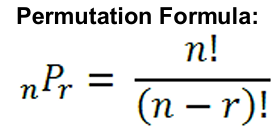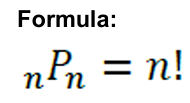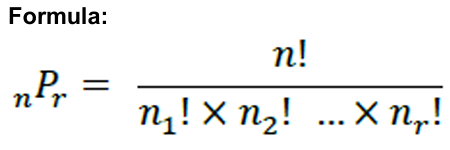Sample Space, Relationships Among Events and Rules of Probability
1/47
Earn XP
Description and Tags
2Y2 | Midterms
Name | Mastery | Learn | Test | Matching | Spaced |
|---|
No study sessions yet.
48 Terms
Probability
is used to describe the phenomenon of chance or randomness of events to occur. It does not deal with guarantees, but with the likelihood of an occurrence of an event.
If we understand how to calculate probabilities, we can make thoughtful decisions about random and unpredictable situations where multiple outcomes are possible.
Sometimes are subjective (aka theoretical or classical probability) and is based on past experience and judgment of the person to determine whether a specific outcome is likely to occur. It contain no formal calculations and differ from person to person, and they contain a high degree of personal bias. There are several methods for making subjective probability assessments:
Probabilities
relate back to upbringing as well as other events the person has witnessed throughout his life. A production manager, for instance, might believe that the probability of manufacturing a new product without a single defect is 0.85.
Experience and judgment
o Other times probabilities are objectively (aka empirical or experimental probability) based on examining past data and using logical and mathematical equations involving the data to determine the likelihood of an independent event occurring.

P(E)
refers a situation involving chance or probability that produces an event.
Experiments
n(S)
refers to set of all possible outcomes of an experiment, that is, any subset of the sample space.
Sample space
n(E)
refers to one or more of the possible outcomes of a single trial of an experiment.
Event
When one event occurs, it is ____________.
Simple event
When two or more events occur in a sequence, it is _____________.
Compound event
Basic Properties of Probabilities
Basic Properties of Probabilities


The probability of an event will not be more than 1 because 1 is certain that something will happen (sure event). That is:

The probability that A or B will occur is the sum of the probabilities of the two (2) events minus the probability that both will occur.
Not Mutually Exclusive (general addition rule)
The Multiplication Rule of Probabilities (Events Involving “AND”)
The Multiplication Rule of Probabilities (Events Involving “AND”)
Multiplication Principle of Counting
Multiplication Principle of Counting
o If there are n1 possible number of outcomes/ways for event 𝐸1 ; and n2 possible number of outcomes/ways for event 𝐸2, then the possible number of outcomes/ways for both events is (n1 ∗ n2) number of outcomes/ways.
This can be generalize to E events, where E is the number of events. The total number of outcomes for E events is:
o The multiplication principle of counting only works when all choices are independent of each other. If one choice affects another choice (i.e. depends on another choice), then a simple multiplication is not right.

Permutation Formula
In permutation where:
_ is the number of objects to choose from
n
In permutation where:
_ is the number of objects selected
r

Permutation with n different objects taken all at a time
is the number of objects to arrange
n (left of P)
is the number of positions available for the objects to fill
n (right of P)
is read as “n factorial
n!

Once an event occurs in a permutation with n objects taken all at a time where some items consist of look-alikes/duplicates and rest are all different, it can occur again.
is the total number of objects
n
is the first kind
n1
nr is the last kind
nr

Combination Formula
is the size of the full set
n
is the number of selected set
r
is the number of set that was left
(n-r)
is a selection of objects from a collection in any order as oppose to permutations which deal with the ordered arrangements of objects.
Combination
In a combination in which r objects can be selected from a set of n objects, the selection rules are:
o the order of selection does not matter (the same objects selected in different orders are regarded as the same combination);
o each object can be selected only once; this implies that you are not allowed any repeat numbers.